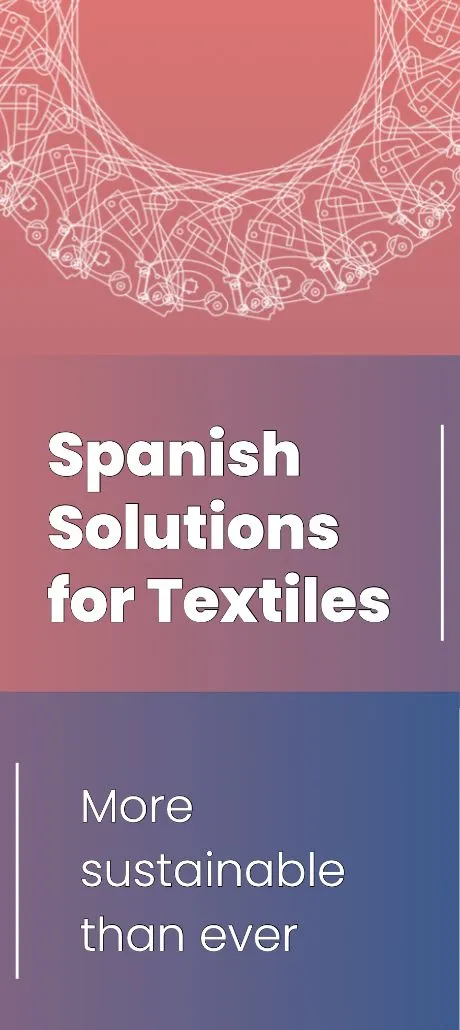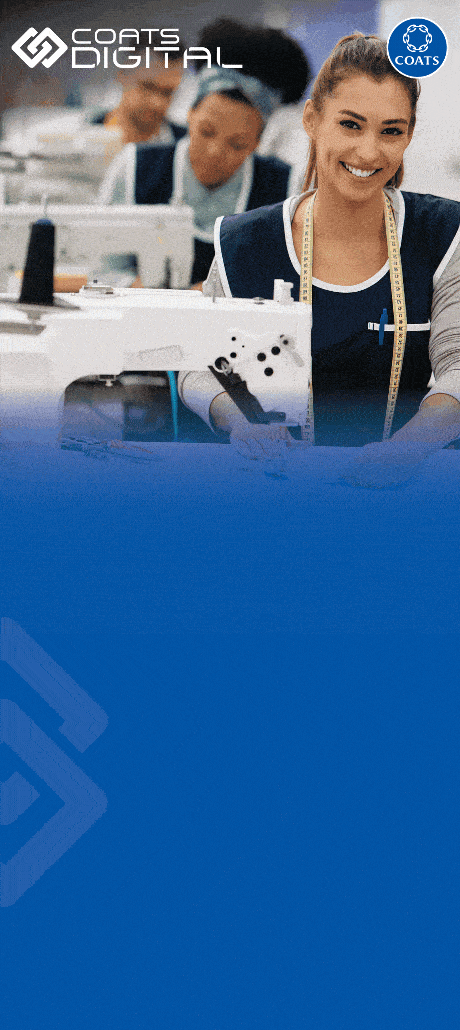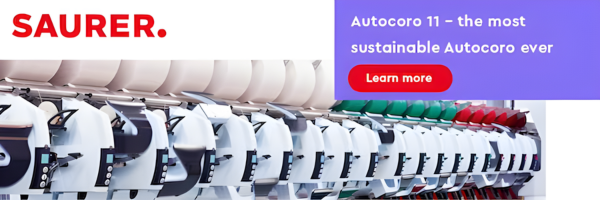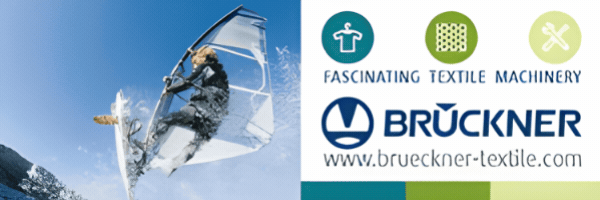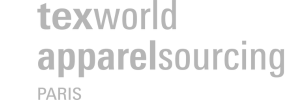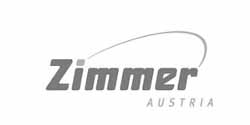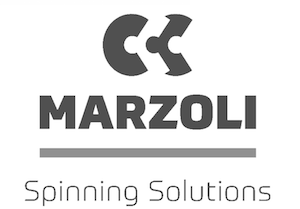athletic footwear market :: Demand for speed and customisation is driving innovation in the athletic footwear market, according to a report in the latest issue of Textile Outlook International from the global business information company Textiles Intelligence.
Innovation is valued by consumers of athletic footwear, and there is pressure for athletic footwear providers to bring new products to market in the shortest possible time frames. Furthermore, there is a high level of demand for customised products as consumers — particularly millennials — seek unique products which help them to express their individual styles.
Such pressures from consumers present challenges to the industry as the latter is heavily reliant on manufacturing facilities in Asia. It is estimated that as much as 87% of footwear production takes place at facilities located in Asian countries, but most product design and development takes place at facilities located in Western countries. As a result, there is a large geographical distance between design facilities and manufacturing facilities which contributes to a prolonged product development process. Indeed, the collective process from product design to delivery to retail stores can take up to 18 months. Furthermore, the replenishment of retail stock can sometimes take up to three months.
An additional challenge to providers of athletic footwear is that posed by rising wage rates in some Asian countries — particularly as footwear manufacture is a labour intensive process.
In order to overcome such challenges, several athletic footwear brands are investing significantly in their design and manufacturing operations. Also, they are building factories in countries which are closer to the main consumer markets in the West.
Adidas has invested in the establishment of a new manufacturing facility in Ansbach, Germany, which it calls a “Speedfactory”. The factory is equipped with the latest automated manufacturing technologies which allow Adidas to create footwear that meets the specific fit and performance demands of customers in the shortest possible time frames. Moreover, by opening a manufacturing facility in closer geographical proximity to consumers, Adidas will be able to increase its speed to market further.
Under Armour, meanwhile, has opened a footwear design facility, called UA PDX, in Portland, Oregon, USA. The company hopes that the facility will enable it to accelerate the design process “by connecting designers and developers with an innovation team and athlete performance analytics in real-time around the world”.
At the same time, the industry has been revolutionised by the development of knitted uppers such as Nike Flyknit and Adidas Primeknit. Typically, these comprise a single piece of fabric and are therefore quick and easy to manufacture. As such, they provide several benefits to footwear brands. In particular, they help to reduce manufacturing times as well as the amounts of labour needed. Also, fewer individual components are required and the volumes of waste materials generated are reduced. In addition, from a consumer perspective, footwear styles incorporating knitted uppers are proving popular as they provide comfort and performance.
Meanwhile, many consumers are opting to buy athletic footwear via online retail stores as the process allows them to quickly compare numerous footwear styles and prices easily, and enables them to order customised footwear. Many consumers are prepared to pay a premium for novel or exclusive products and several brands have taken advantage of this by offering limited edition products –including those developed in collaboration with fashion designers.


